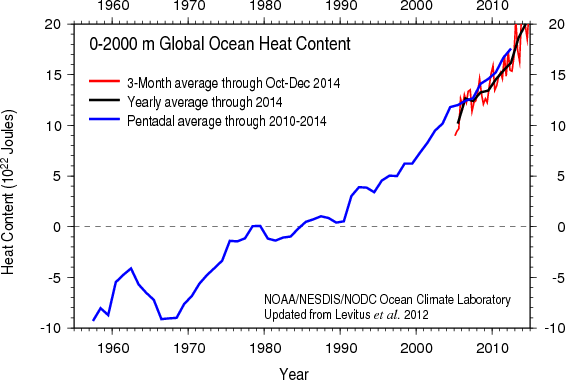 |
| stock image |
The underground press, in conjunction with political bookstores and health food stores, spread the word among the newly politicized public, while Nader's appearances in front of Congress put the word out in the above-ground media. What is appalling is how many of the issues raised then are the issues that are still being raised, as this short excerpt from Harvey Levenstein's Paradox of Plenty shows:
[The three major television networks] repeated charges such as that meat packers relied on the “4D' animals—dead, dying, diseased, and disabled—for processed meats. Realizing that public confidence in all of their products was being shaken, the large meat packers, some of whom owned intrastate packing companies, abandoned their opposition to the bill [to enable the USDA to enforce standards at state-level meat packing plants], enabling it to pass easily.
The quick victory amazed the reformers. Rarely had a bill shot though Congress in less than six months, particularly in the face of stiff opposition in the key committees responsible for it. It showed, some Naderites said, that American politics was not, as current intellectual fashion had it, based on irrational appeals; the public had been given the facts, and its representatives had been forced to respond. Yet in fact the critics soon began to use food issues for quite the opposite reason—their emotional punch. After all, the news that hot dogs contained rat hairs and that breast milk harbored DDT hardly provoked cool reasoning. The activists hoped that a public emotionally aroused by issues such as these would support their wider campaigns to protect the nation's health and welfare from the effects of business greed. Nader was rather rueful about the packers' quick cave-in. They had thereby managed, he said, to put the lid back on the Pandora's box of other issues—chemical adulteration of meat, microbiological contamination, misuse of hormones and antibiotics, pesticide residues, ingredient standards—that would have been useful in rallying the public to his larger crusade to curb corporate abuses.
But the food industries were hardly more successful than Pandora. After confidently announcing to a skeptical audience of newspaper editors in 1968 that food would become the top news story of the coming year, Nader recruited enthusiastic young law and college students to ferret through the food industries' dirty linen—combing the obscure reports of government agencies, analyzing lists of ingredients, asking chemists and biologists about their additives, assembling statistics to document the continuing concentration of economic power in fewer hands. By mid-1969 he was ready with enough evidence to begin the massive assault along the broad food-processing and agribusiness front he relished.
Appearing before the Senate's new Select Committee on Nutrition and Human Needs, he charged that the food industry was dominated by immensely powerful oligopolies who cared only about selling their products, not about their nutritive value. Their “manipulative strategies” bilked the consumer; “the silent violence of their harmful food products” caused “erosion of the bodily processes, shortening of life or sudden death.” Geneticists feared that “the river of chemicals

.jpg)




